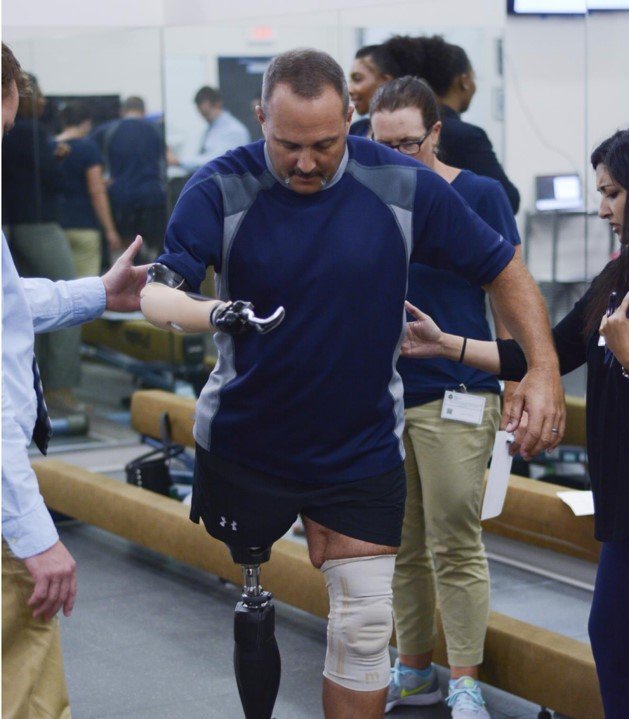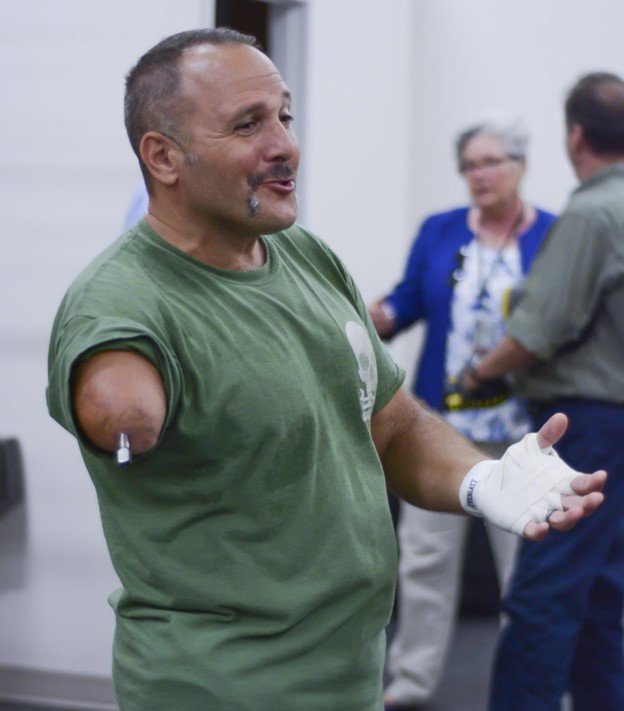Osseointegration
Some people with upper limb loss do not use certain types of prostheses because they require additional surgeries.1,2 For “osseointegration,” additional surgeries may be needed to implant a metal rod into the bone in the residual limb so that a prosthetic can be attached to the metal rod. This procedure aims to provide increased stability and range of motion. Osseointegration is reported to be more comfortable than devices that require having a socket (e.g., electric and body-powered), which are commonly described as uncomfortable and/or heavy.
References
Sources
Ricardo B, Jessica C, Carlos VJ. A Case Report: Transhumeral amputee treatment with osseointegrated prosthesis and rehabilitation. Journal of Hand Therapy 2020;33(2):263-268.
Van de Meent H, Hopman MT, Frolke JP. Walking Ability and Quality of Life in Subjects with Transfemoral Amputation: A Comparison of Osseointegration with Socket Prostheses. American Congress of Rehabilitation Medicine 2013;94:2174-2178.


